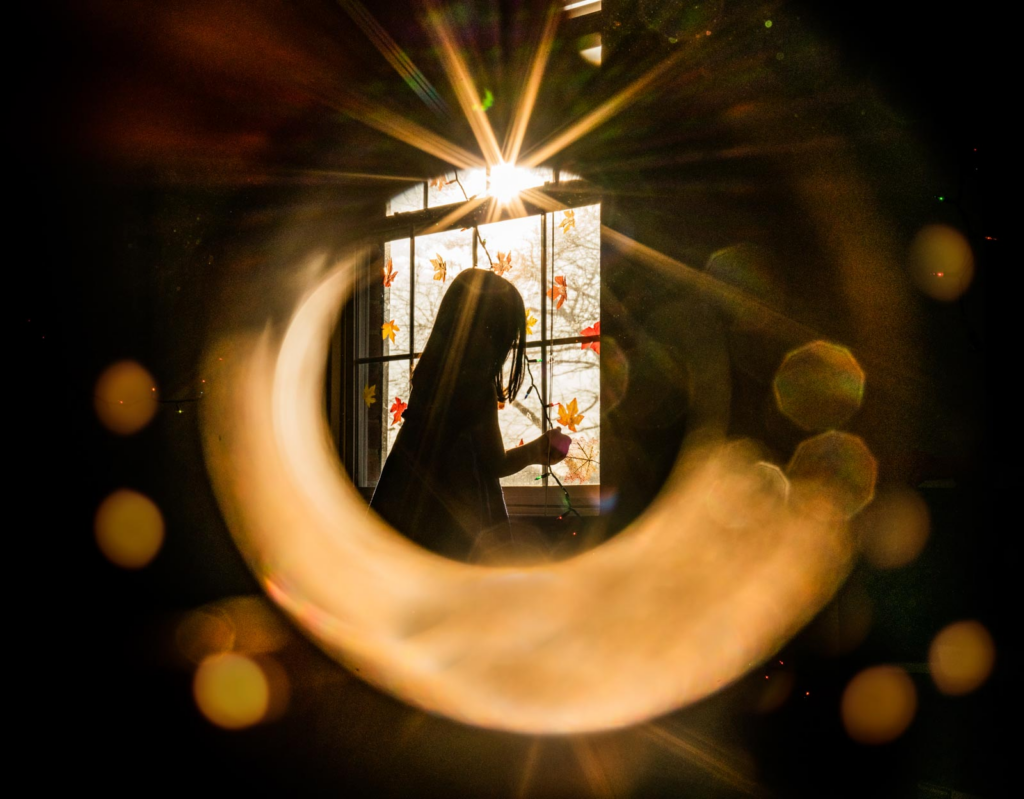Lighting is one of the most critical elements in photography
The type of light you use can transform a dull image into a masterpiece or ruin an otherwise perfect shot. Understanding different types of lighting and how they affect your images is key to mastering photography. In this guide, we’ll explore the various types of lighting, their characteristics, and how you can use them to enhance your photos.
Natural Light vs. Artificial Light

Natural Light
Natural light is the light that comes from the sun. It is widely used in photography because it is free, dynamic, and produces beautiful effects. However, it is also unpredictable and constantly changing, requiring photographers to adapt.
Advantages of Natural Light:
- Creates soft, flattering illumination during golden hour.
- Provides dynamic lighting conditions for creative shots.
- Does not require additional equipment (budget-friendly).
Challenges of Natural Light:
- Difficult to control since it changes throughout the day.
- Can create harsh shadows during midday.
- Weather-dependent and inconsistent.
Artificial Light
Artificial light includes any man-made sources such as studio lights, flash, LED panels, and lamps. Unlike natural light, artificial lighting can be manipulated precisely to create the desired effect.
Advantages of Artificial Light:
- Full control over intensity, color, and direction.
- Consistent and reliable for indoor photography.
- Enables creative lighting effects with modifiers and gels.
Challenges of Artificial Light:
- Requires equipment like strobes, softboxes, or diffusers.
- Can be expensive for professional setups.
- Learning how to balance artificial light can be tricky for beginners.
Golden Hour vs. Blue Hour

Golden Hour
Golden hour occurs shortly after sunrise and before sunset, when the sun is low in the sky, producing warm, soft, and diffused light. This type of lighting is highly sought after in photography due to its ability to create stunning images with minimal harsh shadows.
Best Uses for Golden Hour Light:
- Portrait photography for soft, glowing skin tones.
- Landscape photography with warm, rich colors.
- Backlit and silhouette shots for artistic compositions.
Blue Hour
Blue hour happens just before sunrise and right after sunset when the sun is below the horizon. It creates a cool, moody atmosphere with deep blue tones.
Best Uses for Blue Hour Light:
- Cityscape and urban photography for capturing glowing lights.
- Night sky photography with a soft, ambient glow.
- Moody portrait photography for a cinematic effect.
Hard Light vs. Soft Light

Hard Light
Hard light creates sharp, defined shadows and strong contrasts. It is produced by direct light sources like midday sun, bare flash, or a focused spotlight.
Characteristics of Hard Light:
- Creates high contrast and dramatic effects.
- Emphasizes textures and details.
- Works well for edgy, artistic portraits.
How to Use Hard Light Effectively:
- Position light at an angle to create striking shadows.
- Use in black-and-white photography for strong tonal contrast.
- Combine with reflectors to soften unwanted harshness.
Soft Light
Soft light is diffused, resulting in gentle shadows and a more even distribution of illumination. It is commonly found on overcast days or when using diffusers.
Characteristics of Soft Light:
- Minimizes harsh shadows and evens out skin tones.
- Ideal for flattering portrait and product photography.
- Creates a dreamy, natural look.
How to Create Soft Light:
- Use softboxes, diffusers, or shoot through sheer curtains.
- Position your subject in shaded areas or indoors near large windows.
- Shoot on cloudy days when the sunlight is naturally diffused.
Diffused Light and How to Create It

Diffused light refers to light that has been softened by passing through a medium, such as clouds, sheer fabric, or a softbox. It eliminates harsh shadows and evens out exposure.
Ways to Achieve Diffused Light:
- Use a softbox or umbrella to diffuse studio lights.
- Place a translucent reflector or diffuser between the light source and subject.
- Take advantage of indirect sunlight bouncing off walls or ceilings.
Best Uses for Diffused Light:
- Portrait photography for smooth and even skin tones.
- Product photography to eliminate unwanted glare.
- Macro photography to highlight details without harsh shadows.
Backlighting Techniques

Backlighting occurs when the primary light source is positioned behind the subject, creating silhouettes, rim lighting, or glowing effects.
How to Use Backlighting Effectively:
- Position the light source directly behind your subject for a silhouette effect.
- Adjust exposure settings to balance the background brightness.
- Use a reflector or fill flash to prevent underexposure of the subject.
Best Uses for Backlighting:
- Portrait photography for a dreamy, ethereal effect.
- Nature photography, such as flowers and leaves glowing in sunlight.
- Creative photography with lens flares and bokeh effects.
Low-Light Photography Tips

Shooting in low-light conditions can be challenging, but with the right techniques, you can capture stunning images without excessive noise or blur.
Tips for Shooting in Low Light:
- Increase ISO settings to brighten the image, but be mindful of noise.
- Use a slower shutter speed to let in more light (consider a tripod to avoid camera shake).
- Open the aperture wide (low f-stop) to allow more light to hit the sensor.
- Utilize artificial lighting such as LED panels, flashes, or streetlights.
- Take advantage of available reflections from water, windows, or metallic surfaces to enhance brightness.
Lighting is one of the most powerful tools in photography, influencing mood, texture, and overall image quality. By understanding the different types of lighting—natural vs. artificial, hard vs. soft, golden hour vs. blue hour—you can improve your ability to capture stunning images. Whether you’re working with available light or setting up your own, mastering lighting techniques will elevate your photography to a professional level. Experiment with different light sources, angles, and modifiers to develop your own unique style and make the most of every lighting situation.